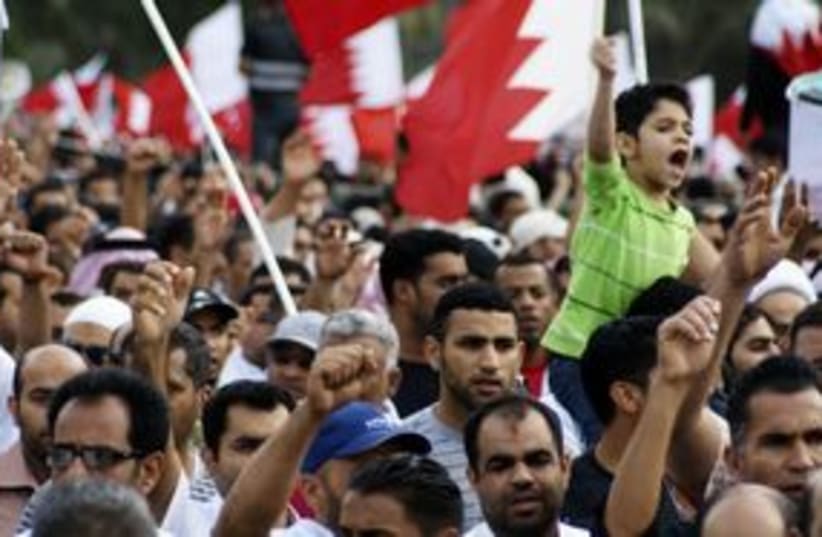The Wall Street Journal wrote that White House officials denied claims that they have sent mixed signals, saying that throughout the recent events, the Obama administration did not waver on its stance that rulers must avoid using violence against peaceful protesters. Even so, a White House senior official was reported to have said that its "approach will be country by country," and that important lessons are being learned every step of the way.
'US shifting strategy amid ongoing Mideast urest'
'The Wall Street Journal' reports that US moving support from protesters to longtime Arab allies, calling for reforms instead of ousters.

The Wall Street Journal wrote that White House officials denied claims that they have sent mixed signals, saying that throughout the recent events, the Obama administration did not waver on its stance that rulers must avoid using violence against peaceful protesters. Even so, a White House senior official was reported to have said that its "approach will be country by country," and that important lessons are being learned every step of the way.